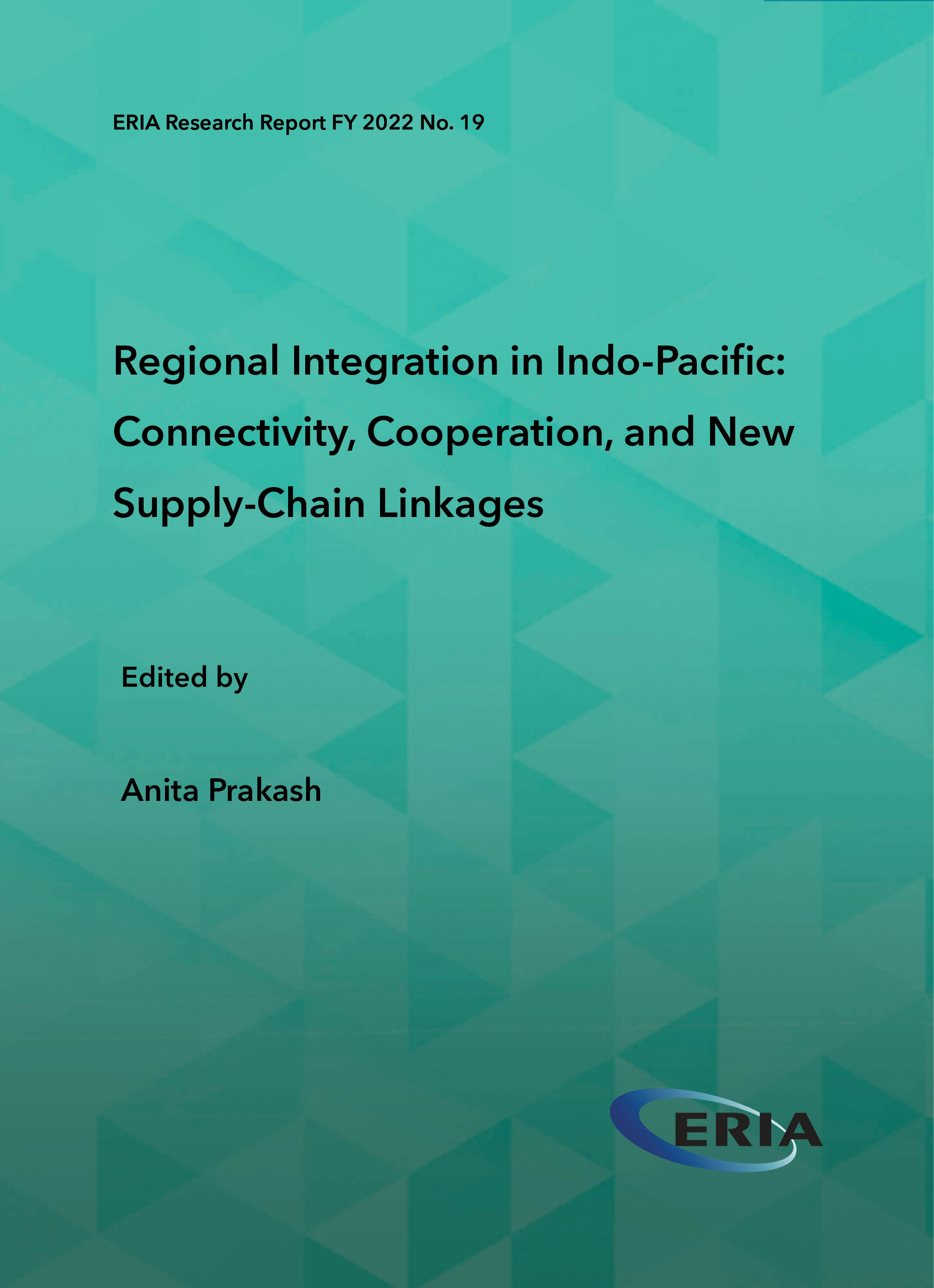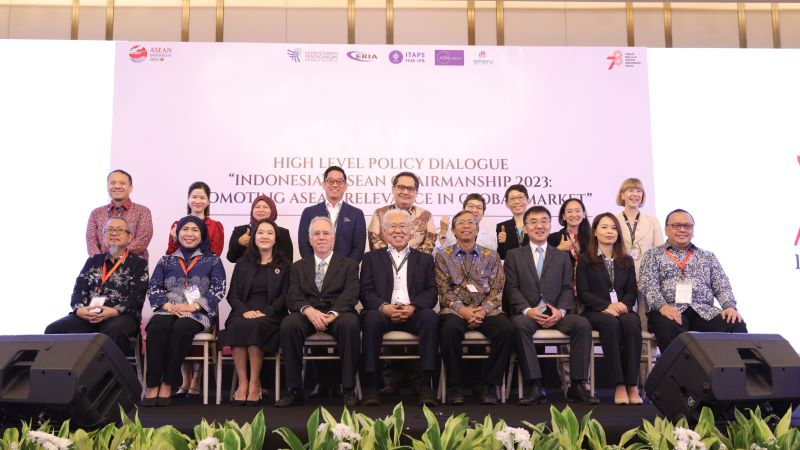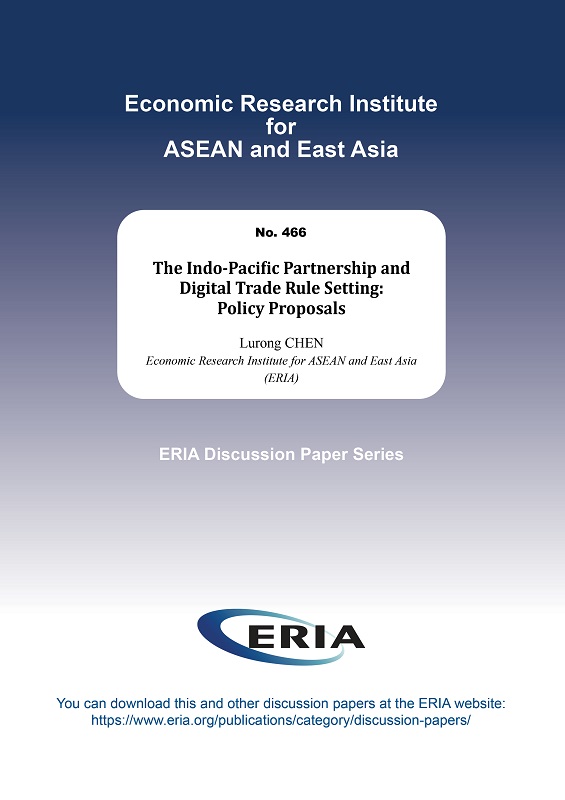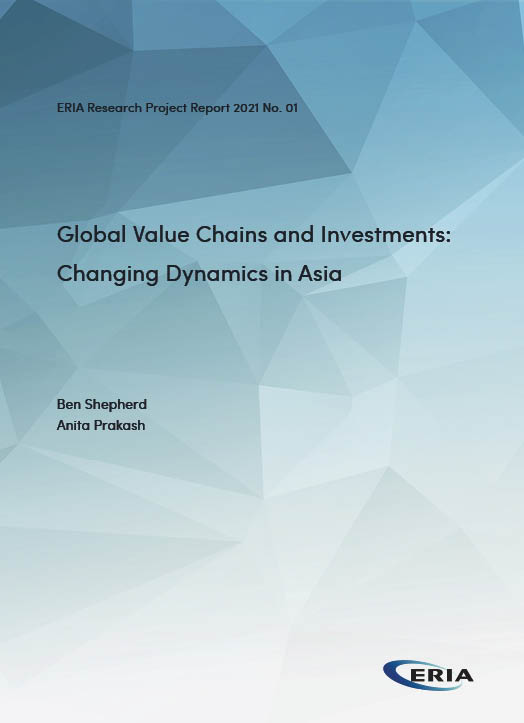Regional Integration in Indo-Pacific: Connectivity, Cooperation, and New Supply-Chain Linkages

Date:
31 March 2023Category:
Connectivity, Finance and Macroeconomy, Global Governance and Multilateralism, Infrastructure, Investment, Labour and Migration, TradeType:
Research Project ReportsTags:
Indo-Pacific, Connectivity, Trade, Global Value Chains, Supply ChainPrint Article:
The evolving economic architecture in the Indo-Pacific rests squarely on the post-war construct of the Asia-Pacific, which is undergoing changes in the established patterns of economic integration and supply chain linkages. The Indo-Pacific faces opportunities and challenges in the new policy alignments around trade, Global Value Chain integration, and economic cooperation. The raison d'être of building a new construct lies in the re-evaluation of the existing trade and investment linkages – in Asia, between Asia and the Pacific, between Asia and Europe, and between Asia and Africa – and in the re-calibration of these linkages, along with economic and technical cooperation activities, to reflect the emergent economic and strategic alignments amongst countries and regions, including the Pacific Island states. This study traces the stages of economic growth in Asia-Pacific and the convening of regional platforms such as the Association of South East Asian Nations (ASEAN), Asia Pacific Economic Cooperation (APEC), ASEAN+3, and East Asia Summit to aid the regional economic integration. The emergence of the Indo-Pacific construct is explained by evaluating the strategic importance of regional value chains and the global competitiveness for dominating the new technologies that influence both the existing and new centres for the production and consumption of goods and services. The economic construct is specifically explained along the important verticals of connectivity infrastructure for supply chains; role of ASEAN in the new architecture; GVC Integration amongst major partners of Indo-Pacific; cooperation for digital economy; human resources capacities and movement of people; the Pacific Islands in an inclusive Indo-Pacific; and development and cooperation.
Indo-Pacific has high stakes in the new supply chain-led connectivity projects. Restructuring, understanding, and preparing for a connected Indo-Pacific will ensure stable and inclusive growth in the region.
The degree of economic integration, through GVCs, of Indo-Pacific countries including ASEAN, is the bedrock of Indo-Pacific economic architecture. An Indo-Pacific trade and economic cooperation plan must consider China and face the inevitability of supply chain integration between ASEAN and China, and the European Union (EU) and China, amongst others. The question before policymakers is whether the new economic architecture – the Indo-Pacific – can be developed in a highly trade-integrated Asia; even when the strategic cooperation amongst Indo-Pacific members mostly excludes China from their deliberations and dialogues.
This study shows that the Indo-Pacific economic architecture is linked to restoring multilateralism that recognises diversity yet leaves no one behind. It explains the building blocks of the new economic architecture in the Indo-Pacific that are already in operation, with the caveat that there are several opportunities, some certainties of success, and a few unknown gaps that will shape progress towards the future.




